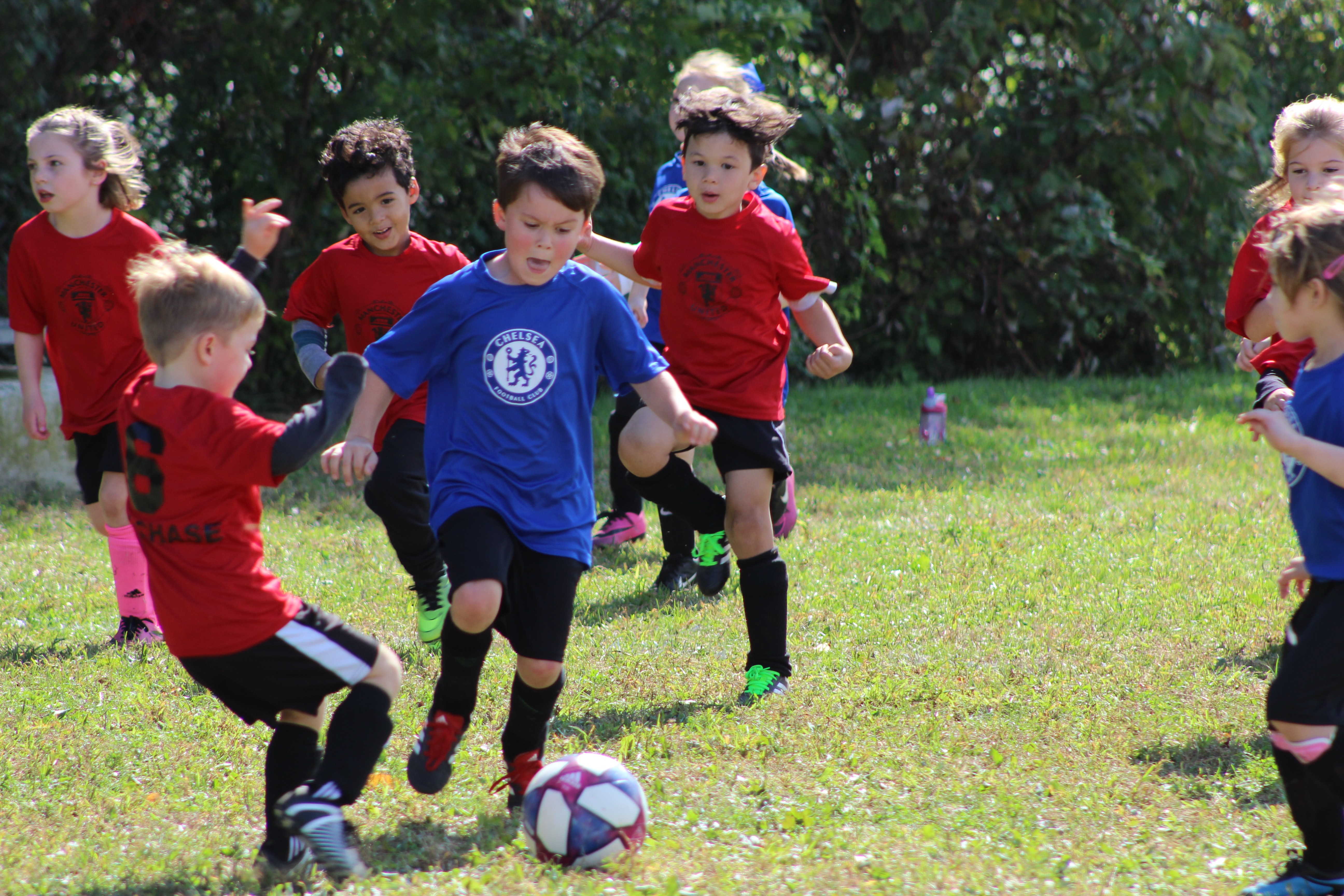Kids are always looking for someone to look up to, and sports are one of the best ways to provide that. However, it can be hard to keep your eye on the ball when your athletes are being mistreated.
When you're a coach or parent, it's important to remember that no matter what you do, you can't change another person. You can only control yourself, your team, and your expectations.
As a coach or parent, it's also important that you know what signs of abuse in youth sports look like so that you can help protect your kids from getting hurt.
What is the Most Common Form of Abuse in Youth Sports?
Physical Abuse
This can include any type of physical contact such as pushing, hitting, or kicking another player. There is also the possibility of a coach being physically abusive by forcing the players to prolong physical acts that are causing pain such as stretching. It's important not to let this occur because it can cause serious injuries.
Verbal Abuse
This includes yelling at another player, insulting them, swearing at them, or calling them names like "Stupid" or "Loser". This type of abuse can lead to bullying which can cause serious emotional and psychological damage.
Emotional Abuse
Emotional abuse includes making someone feel worthless by saying things like "you're no good" or calling them names like "loser". This type of abuse can cause depression in children and teenagers because these feelings are never addressed.
What are Some things You Can do to Ensure a Safe Environment for your Athletes?
If you are an educator/coach/parent trying to prevent abuse in your child's sport, here are some tips:
-Be clear about what behavior is acceptable and what behavior isn't. If your child is being bullied by another child for example,, tell him that he should not retaliate by hitting back at the other child. Instead, he should just ignore the bullying until it stops and report it to the appropriate authorities (usually the school principal or athletic director).
-Make sure that your child knows who their coaches are so that they can go straight to them if they need help dealing with bullies.
How Can Abuse in Youth Sports Negatively Affect a Child?
Sports can be a great way for kids to learn about teamwork, confidence, and leadership. However, abusive behavior in sports is not acceptable and can harm the child’s mental health and self-esteem.
Abusive behavior in sports is usually directed at someone who has less power than the abuser, such as a teammate or referee. This can include verbal abuse such as name-calling or constant criticism of another person’s performance or actions. It can also include physical violence such as pushing or shoving another player during a game or practice.
The effects of abusive behavior in sports can last well beyond childhood. Abuse in youth sports can take a significant toll on a child, just as abuse in any part of their life would. It can cause low self esteem, physical damage, depression, anxiety, and fear.
Children should be taught how to identify abusive behavior in sports from an early age so they know what is acceptable behavior and what isn’t when playing with other kids (or adults). They should also be taught how to report any instances of abuse so it doesn’t continue unchecked.
How Can a Coach Create a Safe Environment to Prevent Abuse in Youth Sports?
Coaches need to create a safe environment for their teams so that players feel comfortable asking questions and reporting any abuse.
The best way to do this is by making sure that you have a policy in place that clearly states what behaviors are allowed and not allowed in your program. This will help your players develop an understanding of what is appropriate and inappropriate behavior, something that's very important in sports where there are so many different levels of play.
Additionally, coaches need to be available to talk with players about any concerns they may have or issues they need help with. A coach who can connect with the athletes he or she is coaching will ensure they feel comfortable coming forward if they have a problem or experience abuse.
Finally, it's also important for coaches to listen when kids come forward with information about abuse. It's easy for a coach to dismiss an incident as being "just kids being kids," but sometimes children don't see themselves as victims until someone else does. As long as someone takes action when something happens whether it is taking away privileges or reporting it to the rest of the team won't feel unsafe around their abuser either!
Final Thoughts
The potential for abuse in youth sports exists, but there is a lot that can be done by parents, coaches, officials, governing bodies, and others involved in these programs to prevent it from happening. It begins with the education of everyone involved in the program and must include ongoing training so the information is refreshed and remembered.
Make sure to check out these 7 tips for keeping kids safe in after school programs for more information! Don't forget to also use our explore page to find sports programs near you!





